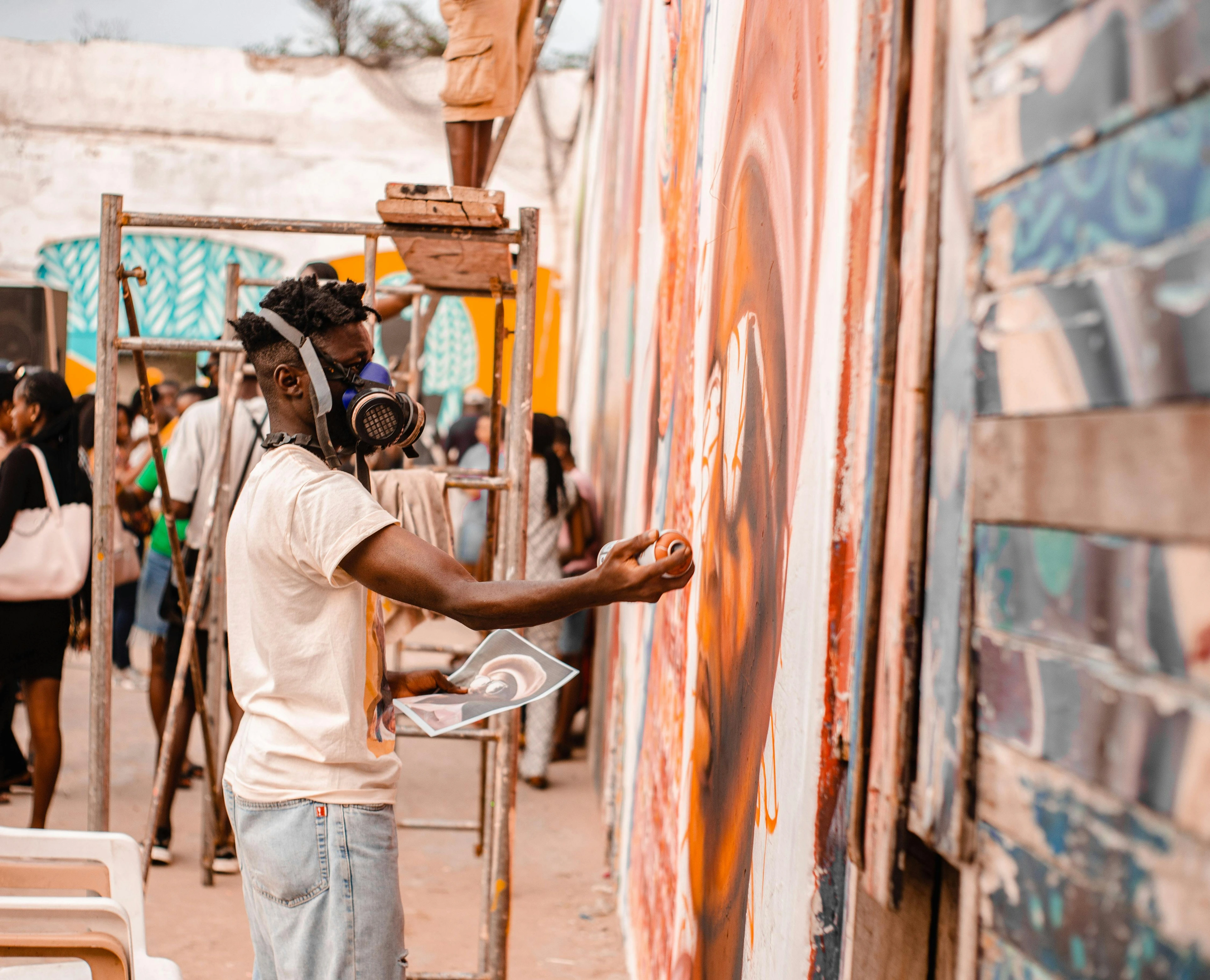
Berlin's Thriving Art Scene: An Artist's Deep Dive into Galleries, Museums & Street Art
Uncover Berlin's dynamic art scene through an artist's eyes. Explore world-class museums, cutting-edge galleries, and vibrant street art. Learn how its creative pulse inspires abstract work, with essential tips for your visit.
Berlin's Thriving Art Scene: My Journey Through Galleries, Museums, and Street Art
Ever wondered what makes a city a true crucible for creativity? Berlin, without a doubt, is it. For the longest time, my mind conjured images of history — the Wall, that palpable sense of change, the echoes of monumental events. It's a city steeped in layers, constantly rebuilding and reinventing itself. And perhaps it's this very process of constant transformation that has birthed one of the most dynamic and fiercely independent art scenes on the planet. I’ve often asked myself, where else can artists truly thrive and experiment without the crushing pressure of high rents? For decades, especially in the post-reunification era, Berlin's relatively lower cost of living compared to other major European capitals made it an irresistible magnet. This wasn't just about cheap apartments; it was driven by post-Cold War economic shifts and proactive cultural policies that prioritized making space for artists. This meant readily available, affordable studio spaces, more accessible art materials, and the sheer freedom to simply exist and create without constant financial strain – a rarity in today's art world. This unparalleled creative freedom, I feel, is what makes the art here so vibrantly alive, continually challenging my own creative boundaries and making me think about what it means to truly stay true to your own artistic vision, a journey often reflected in my artistic timeline. Plus, Berlin's historical role in avant-garde movements like Dadaism, with figures like Raoul Hausmann and Hannah Höch, and Expressionism, represented by artists like George Grosz, means there's a deep-seated legacy of pushing boundaries that still resonates. So, join me as I wander through its artistic labyrinth, exploring its museums, galleries, and street art.
Museums: Contemporary Conversations and Grand Narratives
The creative freedom fostered by Berlin’s unique environment has not only drawn artists but has also allowed its institutions to flourish, offering a rich dialogue between the past and the present. What kind of conversations do you want to have with art today? If you're anything like me, you'll want to dive headfirst into the city's living, breathing contemporary art, and for that, Berlin's museums deliver.
Contemporary Expressions
Places like Hamburger Bahnhof, the Museum for Contemporary Art, offer a completely different vibe – vast, industrial, and filled with challenging, often provocative contemporary conversations. I've seen everything from large-scale installations and video art to performance pieces and even experimental sound art there, demanding an active engagement from the viewer. I vividly recall an exhibition that used light and shadow to explore themes of displacement, forcing me to reconsider familiar narratives. Or the KW Institute for Contemporary Art, a smaller but equally impactful space known for pushing boundaries and showcasing experimental work. These places aren't just showing art; they're actively engaging with the present, often reflecting on Germany's complex past and its ramifications on today's society. It’s as if the city itself is always dialoguing with its past and present, using art as its language – I recall feeling a profound sense of introspection as historical documents were juxtaposed with modern installations, compelling me to draw unexpected connections. For me, these spaces offer a chance to pause, reflect, and sometimes even argue silently with the art, which is always a good sign. It’s where you truly grasp how composition in art can be a living practice, moving beyond theory into direct experience, even in the most challenging of contemporary pieces.
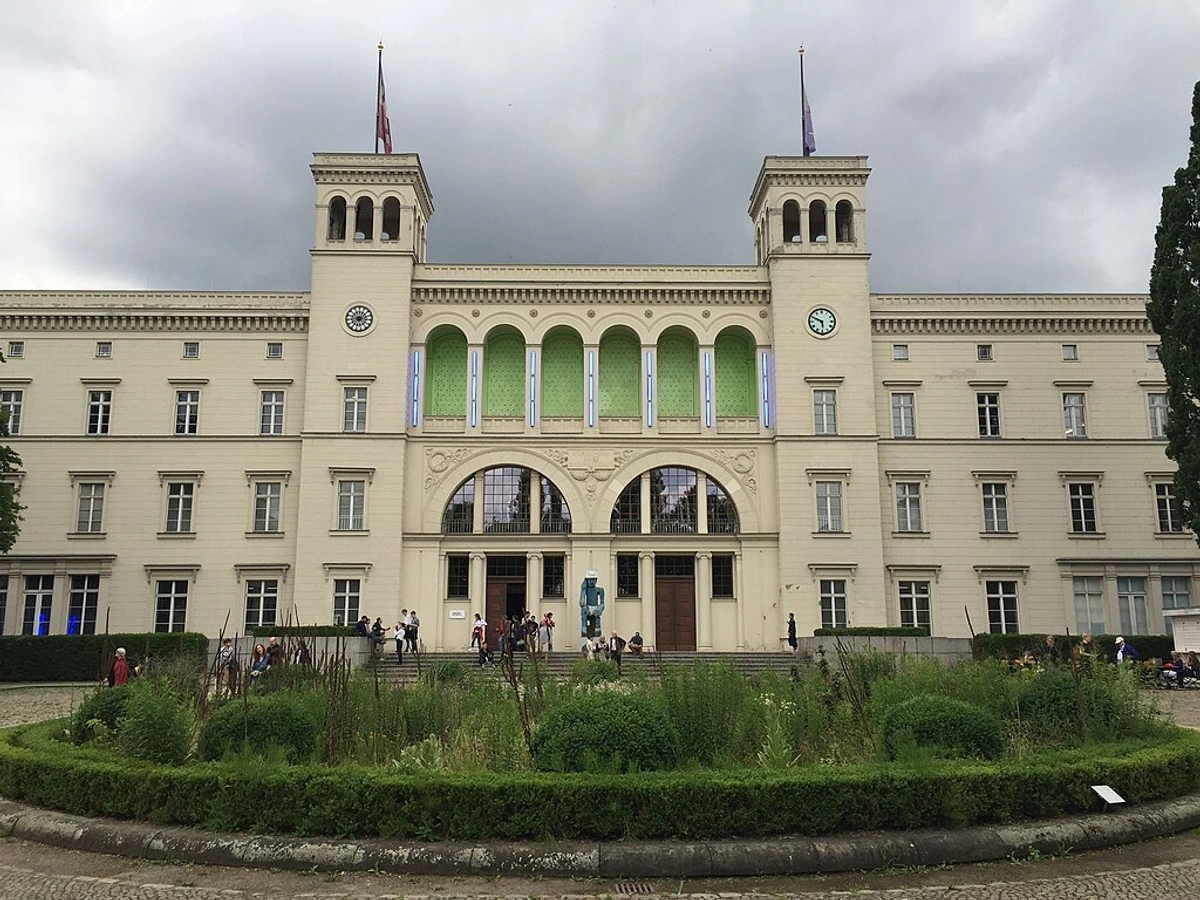
Historical Grandeur
But Berlin's artistic tapestry isn't solely woven with contemporary threads; it also boasts monumental institutions that house the grand narratives of art history. Museum Island is, of course, a truly overwhelming experience in the best possible way, like trying to read a colossal, beautifully illustrated history book in one sitting – you just can't, but oh, the joy of trying! You can spend days there and still feel like you've only scratched the surface. The Pergamon Museum, for instance, with its breathtaking reconstructions of historical buildings like the Ishtar Gate and the Market Gate of Miletus, dives deep into ancient Near Eastern and Islamic art. While the Neues Museum houses incredible Egyptian and prehistoric collections, including the iconic bust of Nefertiti – a piece that always makes me pause and wonder about the ancient hand that crafted it and the layers of history it represents. Then there's the Alte Nationalgalerie, showcasing masterpieces of 19th-century German art, from Neoclassicism to Romanticism, which truly shaped art capitals of the world. The sheer weight of history and artistic achievement in these places can really make you pause and reflect, making you feel delightfully small in the grand scheme of human endeavor. You might also want to explore places like the Bauhaus Archive (currently under renovation, but its revolutionary spirit of design and architecture lives on, something I eagerly anticipate exploring again upon its reopening) for a deep dive into design, or the Bröhan-Museum if you're curious about Art Nouveau and Art Deco.
The Pulse of Berlin's Galleries: From Established to Electric
But where do you go when you want to feel the raw, beating heart of Berlin's contemporary art scene? The galleries, of course! You could spend weeks just wandering the city's districts, stumbling into spaces ranging from the grand, institutional powerhouses showcasing global art stars to the raw, experimental project spaces where tomorrow’s trends are being born today. It's truly an intoxicating experience. That feeling of anticipation, knowing you're about to step into a space where someone poured their soul onto a canvas or sculpted their vision into being... it's a jolt I always seek.
That vibrant energy is perhaps most immediately felt in the city's countless independent galleries. I remember one afternoon, completely lost (as I often am in Berlin – it's part of the charm, trust me!), I walked into this tiny, unassuming courtyard in Mitte, and there it was: a pop-up exhibition by an artist I'd never heard of, creating these intensely abstract pieces that just resonated deeply with me. It's these unexpected moments that really define Berlin's art spirit for me; you just don't get that kind of spontaneous discovery everywhere.
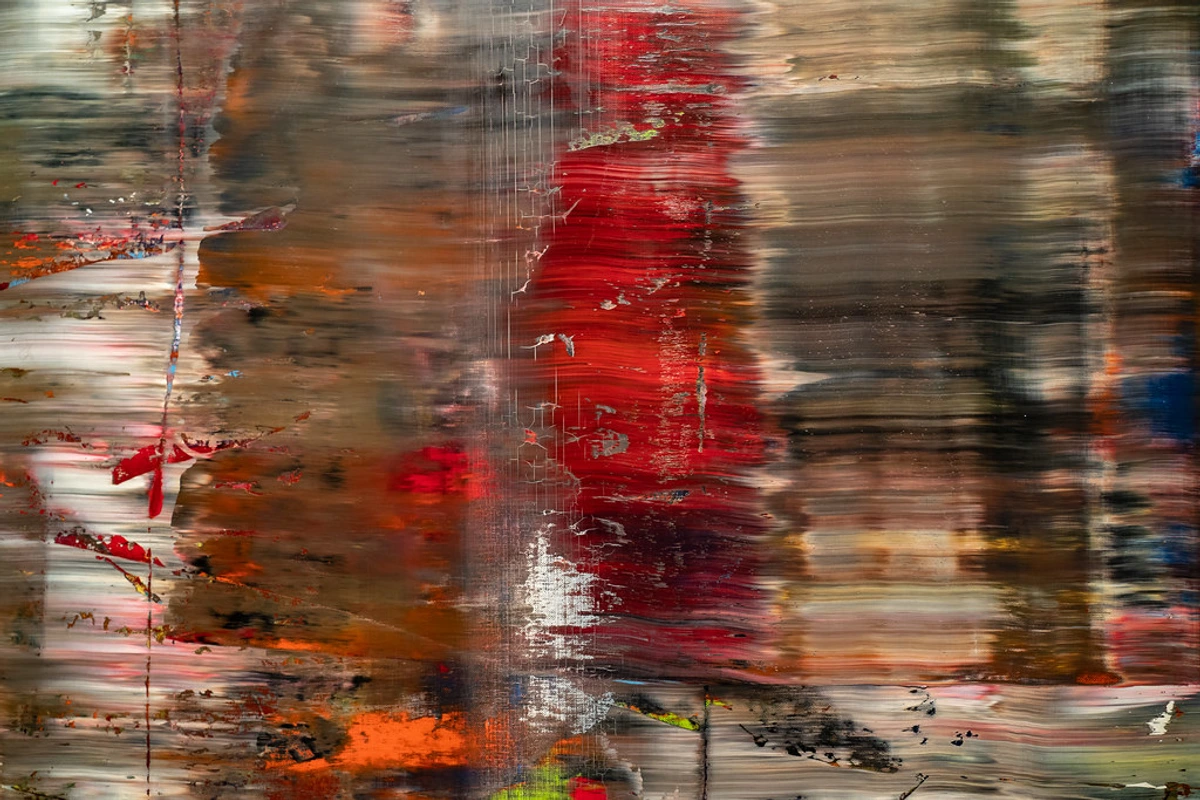
What truly excites me is that Berlin isn't just about the big names; it's a vibrant hotbed for emerging artists. Beyond the established spots, you'll find a wealth of smaller, independent galleries and vital 'project spaces' in districts like Kreuzberg, Neukölln, and Wedding. These project spaces, often temporary and artist-run, pop up in vacant lots or forgotten buildings, acting as crucial incubators for new talent and experimental work. Imagine stumbling upon an immersive sound installation that reacts to visitor movement, or a collaborative textile piece exploring migration; that's the kind of daring you'll find here. They democratize access to art, often providing the first platform for artists who don't fit into conventional gallery models, specializing in everything from photography to printmaking, video art, or even digital art. They are often non-profit or grant-funded, prioritizing artistic exploration over commercial sales, which is a key differentiator from traditional galleries. If you're looking for new talent or just want to see what's truly fresh, these neighborhoods are a goldmine. For a more structured approach, checking out a guide to Berlin's best galleries is a great start, but sometimes the best discoveries are the unplanned ones. The sheer density means you're almost guaranteed to find something that resonates, whether you're into modern art or something totally off-the-wall.
Street Art: The City's Open-Air Gallery
And then there's the street art. Ah, Berlin's street art! It’s everywhere, a constantly changing canvas that truly embodies the city’s rebellious, creative spirit. Where museums offer curated permanence, street art provides an ephemeral, raw dialogue with the urban landscape. It's not just graffiti; it's a powerful form of expression that has transformed from vandalism to valued masterpieces. This transformation largely happened as artists gained recognition, and communities realized the cultural and aesthetic value these public works added to urban spaces, rather than detracting from them. The East Side Gallery is iconic, of course, a poignant historical document turned into an outdoor exhibition. Walking along it, you can feel the weight of history meeting the vibrancy of contemporary expression, with its powerful messages of hope, freedom, and even protest etched onto the remnants of the Wall. I once spent an entire afternoon there, finding new details and layers of meaning in murals I thought I knew well.
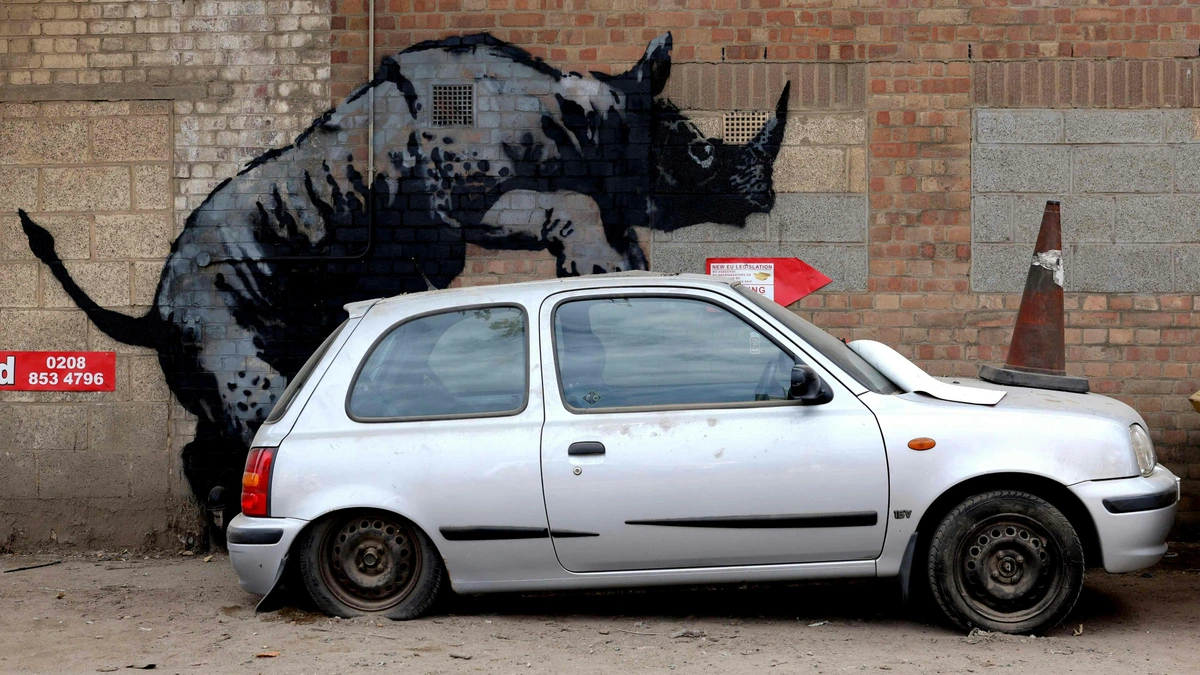
But it goes far beyond that famous stretch. You'll find incredible murals tucked away in Kreuzberg's courtyards, political statements splashed across buildings in Friedrichshain (especially around the old RAW-Gelände complex, a former railway repair yard turned cultural hotspot like Urban Spree on Warschauer Straße), intricate stencil work adorning forgotten doorways in Neukölln, Wedding, and even parts of Prenzlauer Berg. The Urban Nation Museum in Schöneberg is also a must-visit, offering a curated indoor experience of international street art and muralism, which then extends into the surrounding neighborhood with constantly changing facade art projects. Each piece feels like a secret whispered directly to you, a fleeting moment of connection with an anonymous artist's immediate thought, hidden in plain sight until you notice it. These spontaneous explosions of color and message truly define a place, prompting reflection on the impact of public murals on urban identity. And yes, you might even spot a Banksy-esque piece, or at least something inspired by his spirit, reminding you that art doesn't always need a gilded frame.
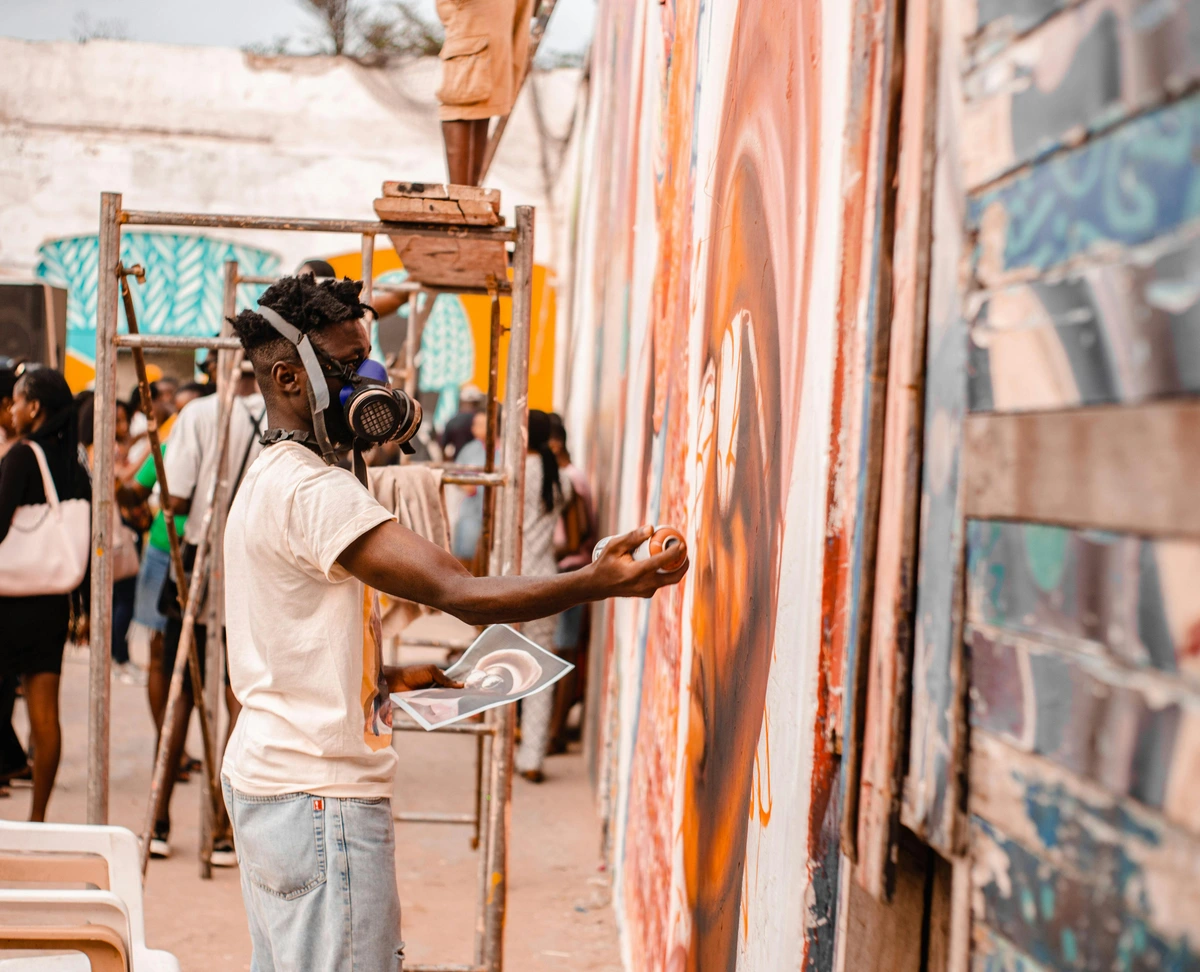
It’s this very raw, unfiltered access to art that makes Berlin so special. There's a tangible link between the city’s history of division and reunification, its legendary electronic music scene, and its explosive contemporary art scene. For me, the immersive, experimental techno clubs with their pulsating beats and transient nature mirror the art world's daring spirit and shared DIY ethos of finding new spaces for creation. The pulsing, evolving rhythms of techno find an echo in the iterative layering of my paint, and the communal immersion of a club night reflects the shared energy of an art opening. Both realms push boundaries, fostering a deep-seated need for expression. You really feel the stories of transformation etched into the very fabric of its street art, often using new media and digital techniques alongside traditional spray paint to push artistic frontiers.
Navigating Berlin's Art Scene: A Few Pointers
My biggest piece of advice for diving into Berlin’s art scene? Don't try to see it all. It’s vast, almost overwhelmingly so, and I remember feeling delightfully lost but also slightly paralyzed by choice on my first few visits. Instead, pick a neighborhood – maybe Mitte for established galleries, Kreuzberg or Neukölln for an edgier vibe, Charlottenburg for a blend of classic and contemporary, or Wedding and Prenzlauer Berg for their emerging scenes – and let serendipity be your guide. Trust me, some of the most profound art experiences happen when you stumble upon an unexpected exhibition in a courtyard or a new mural down a side street. It’s about the journey, not just ticking off boxes.
To balance the spontaneous with some planning, consider these pointers:
- Do your research: While spontaneous discovery is great, a quick check of online event calendars (like Art at Berlin, Art Connect) or local cultural guides can point you towards current exhibitions or art festivals that align with your interests. This helps you narrow down neighborhoods or specific venues.
- Check event calendars: Berlin Art Week, Gallery Weekend, and various monthly 'Lange Nacht der Museen' (Long Night of Museums) are incredible times to visit, with openings and events happening all over. You'll be spoiled for choice!
- Utilize public transport: Berlin's U-Bahn and S-Bahn systems are excellent, so don't be afraid to hop on and explore different corners of the city. You'll cover more ground and save your feet for all that gallery wandering.
- Join an art walk or guided tour: Locals often know the hidden gems that aren't in any guidebook. A guided street art tour, for instance, can uncover incredible pieces and provide historical context you might otherwise miss.
- Wear comfortable shoes and keep an open mind: This is not a city for delicate footwear or rigid itineraries. Be prepared to walk a lot, get a little lost, and embrace the unexpected. Let Berlin's artistic energy sweep you away.
My Berlin Art Philosophy: Fueling My Own Creativity
And all of this – this raw, unfiltered energy I found in Berlin's galleries, museums, and especially its streets – has profoundly shaped my own artistic approach. Witnessing such vibrant, often chaotic expression, from the spontaneous bursts of street art to the carefully curated abstract pieces in a gallery, absolutely fuels my own creative fire. It reminds me why I paint – to capture that energy, that fleeting moment of connection, and translate it into my abstract art.
For instance, I vividly remember a particular multi-layered mural near the East Side Gallery. It had these gritty textures, layered narratives, faded colors, and bold, almost defiant lines, creating a raw, almost wounded feel. That piece immediately made me rethink how I approach layering in my own canvases; it pushed me to explore deeper textures and more aggressive brushstrokes, much like the visible 'damage' and rebuilding you see across Berlin itself. Abstract art, with its capacity to convey emotion and energy without explicit representation, feels perfectly suited to capture the dynamic, sometimes chaotic, spirit of a city like Berlin. The city's history of avant-garde movements and its current status as a creative haven continually fosters a spirit of innovation that resonates deeply with how I approach abstraction, pushing me to experiment with color and line. It's a constant reminder that art doesn't need to be polite; it needs to be honest, gritty, and undeniably present. The stimulating complexity that arises from its intertwined history, combined with the boundless inspiration from its ever-evolving art scene, truly pushes me to be bolder in my own work.
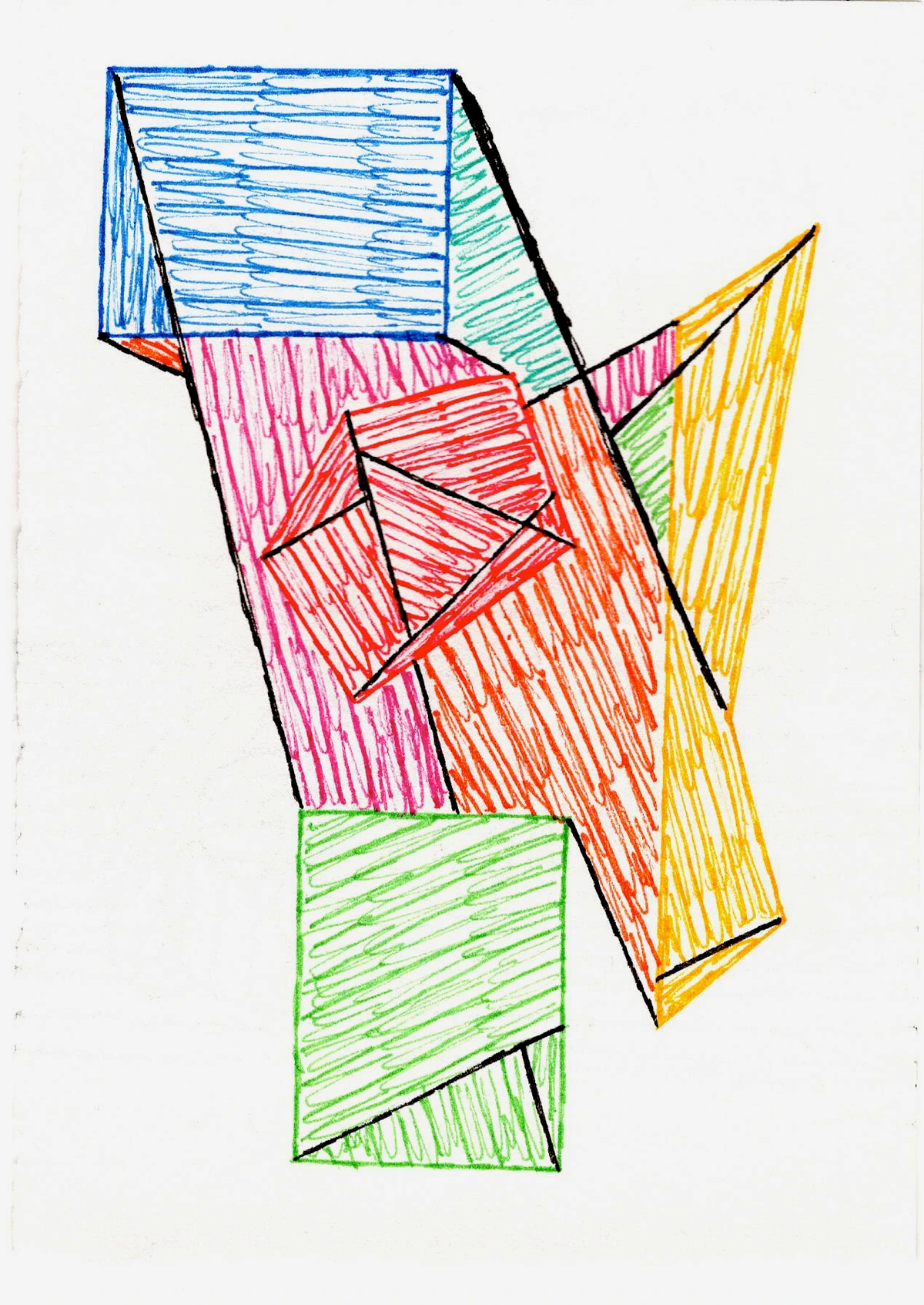
Sometimes, I just want to immerse myself in that feeling, that chaotic beauty, and bring it back to my studio in Den Bosch, letting it inspire new compositions and forms. Witnessing this city’s deep engagement with creative expression is something that truly resonates with me, and it continually pushes me to be bolder, more authentic in my own artistic journey. Berlin's enduring creative spirit reminds me that art is not just about perfection; it’s about expression, grit, and the endless pursuit of something meaningful. If you're curious to see how Berlin's eclectic spirit (among other influences) translates into my own canvases, I invite you to explore my art here or even visit my museum in Den Bosch if you're in the Netherlands. There's a shared language across these different places, a creative dialogue, even if Berlin is famously chaotic and Den Bosch, well, less so (but still has its charm, I promise!).
Frequently Asked Questions About Berlin's Art Scene
What's the best time to visit Berlin for art?
Berlin's art scene is vibrant year-round, but specific times like "Gallery Weekend" in spring (usually April/May) and "Berlin Art Week" in September are particularly exciting, with numerous openings, special exhibitions, and events. However, any time is good for exploring its museums and street art, and you might even stumble upon a spontaneous pop-up show. Check local event calendars before your trip for specific highlights.
Is Berlin's art scene expensive to explore?
Not necessarily! While major museums have entrance fees, many smaller galleries and project spaces are completely free to enter. The street art scene is entirely free and accessible 24/7. Look out for free walking tours, especially for street art, or consider purchasing a Museum Pass if you plan to visit multiple institutions like those on Museum Island.
How can I find emerging artists in Berlin?
Berlin is renowned for its support of emerging artists. Your best bet is to explore project spaces and independent galleries in areas like Kreuzberg, Neukölln, and Wedding. Keep an eye on art school exhibition schedules (e.g., UdK Berlin, Weissensee School of Art) or check out the numerous artist-run collectives and their event listings. Attending art fairs focused on new talent, like Positions Berlin Art Fair, can also be very rewarding. Don't be afraid to just wander and see what you find – sometimes the best discoveries are in the least expected places!
What are some must-see street art locations or tours?
Beyond the iconic East Side Gallery, make sure to explore the areas around Urban Nation Museum in Schöneberg, the RAW-Gelände complex in Friedrichshain, and the courtyards of Kreuzberg, Neukölln, Wedding, and Prenzlauer Berg. Many local companies offer guided street art tours that provide fascinating insights into the artists and their messages, often taking you to hidden gems you'd miss otherwise.
Are there any specific art events or festivals I should look out for?
Absolutely! Beyond Gallery Weekend (April/May) and Berlin Art Week (September), keep an eye out for "Lange Nacht der Museen" (Long Night of Museums) which offers late-night access to many institutions. Smaller, independent art fairs like Positions Berlin Art Fair and Paper Positions are excellent for discovering new talent. Also, check local event listings for pop-up shows, open studio events, and district-specific art festivals throughout the year.
What are some practical tips for visiting galleries and museums?
Definitely check opening hours beforehand, especially for smaller galleries and project spaces which often have limited days. Many museums are closed on Mondays. Consider booking timed tickets for major museums in advance, particularly during peak season, to save time. Also, remember that some project spaces might only be open during specific exhibition periods, so a quick online check is always a good idea.
How does Berlin's art scene compare to other major art cities?
Berlin often stands apart due to its unique combination of affordability, extensive historical context, and a strong culture of experimentation and independent initiatives. Unlike the more overtly commercial art markets of New York or London, Berlin's art world feels less hierarchical and more accessible, fostering a genuine sense of community and creative freedom. It's less about established markets and more about raw expression and critical dialogue, making it a different, yet equally compelling, experience for artists and visitors alike. Berlin's participation in the international art market exists, but often with a distinct focus on supporting emerging artists and experimental approaches rather than solely chasing commercial trends, creating a dynamic counterpoint to more traditional global art hubs.
What are some common misconceptions about Berlin's art scene?
Many people think Berlin's art scene is only about gritty street art or dark, historical themes. While those elements are certainly present and powerful, it's a misconception to think that's all there is. Berlin is incredibly diverse, boasting grand classical museums, sophisticated contemporary galleries, and a vibrant experimental scene that embraces everything from digital art to performance. Another misconception is that it's difficult to engage with; in reality, its accessibility and community-driven ethos make it very welcoming to both seasoned art lovers and curious newcomers.
How can I engage with Berlin's art scene beyond just viewing?
Berlin offers many ways to dive deeper. Look for artist talks, panel discussions, and workshops often hosted by galleries, museums, or independent art spaces. Gallery openings (often on Friday evenings) are a fantastic way to meet artists, gallerists, and fellow art enthusiasts – and often come with free wine! Some organizations also offer guided studio visits or hands-on art experiences. Engaging with the art community directly really adds another dimension to your visit.
What are some key districts for exploring different art styles?
Berlin’s districts each offer a distinct artistic flavor. For established contemporary art and a classic gallery experience, Mitte is a great starting point, home to many renowned galleries. Head to Kreuzberg and Neukölln for edgy, independent project spaces and abundant street art, reflecting their bohemian and diverse communities. Friedrichshain is known for its large-scale murals and urban art installations, especially around the RAW-Gelände. If you're interested in more traditional German art and monumental museums, Charlottenburg (with its palaces and older institutions) and Museum Island are your primary destinations. Don't forget Wedding and Prenzlauer Berg for pockets of emerging street art and smaller independent ventures.
Final Thoughts on Berlin's Creative Pulse
So, if you're ever in Berlin, do yourself a favor: look beyond the history books and dive into its art. It's not just a collection of objects; it's a living conversation, a raw pulse, and a truly unforgettable experience. This city has an undeniable magnetic pull for artists and art lovers alike, a raw honesty that I find incredibly inspiring. That kind of stimulating complexity that stems from its intricate layers, combined with the boundless inspiration of its ever-evolving art scene, that's what keeps me coming back. For me, Berlin solidified the belief that true art isn't about perfection, but about the courage to express, to challenge, and to continually seek what's meaningful. And who knows, maybe it'll inspire you to pick up a brush, question an assumption, or simply see the world a little differently, too.




